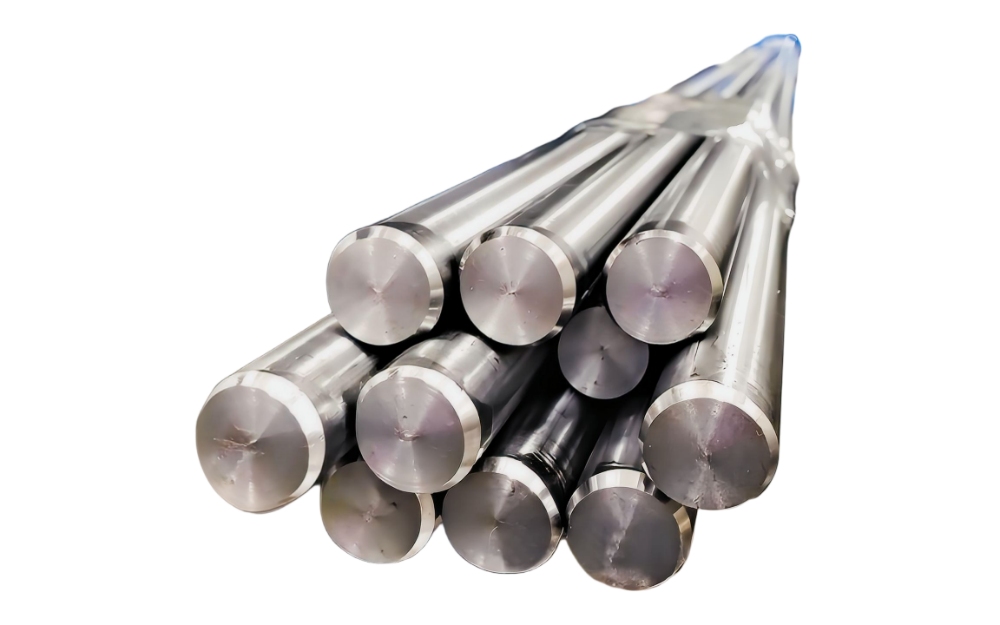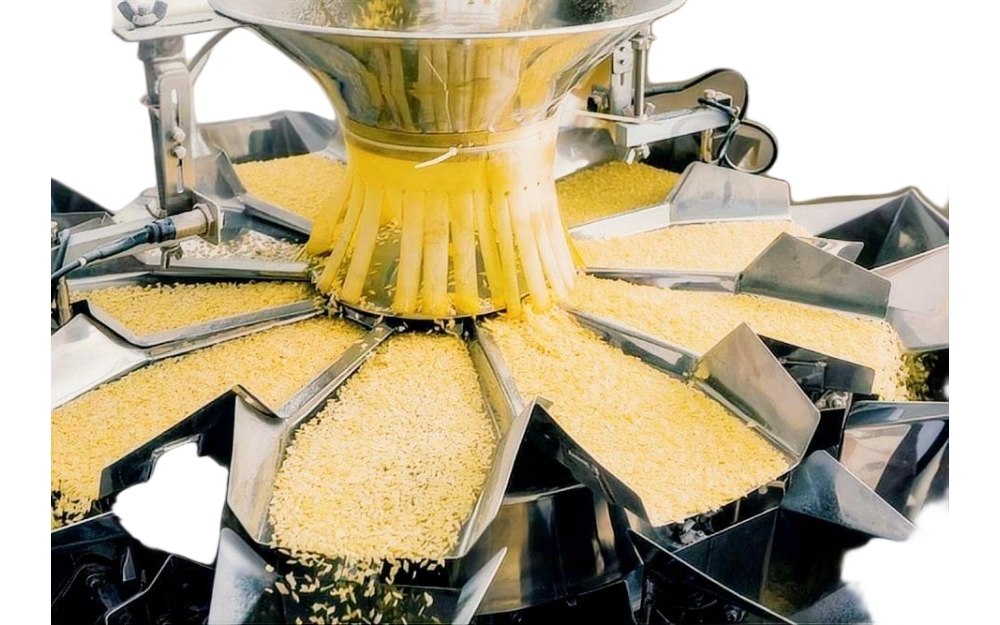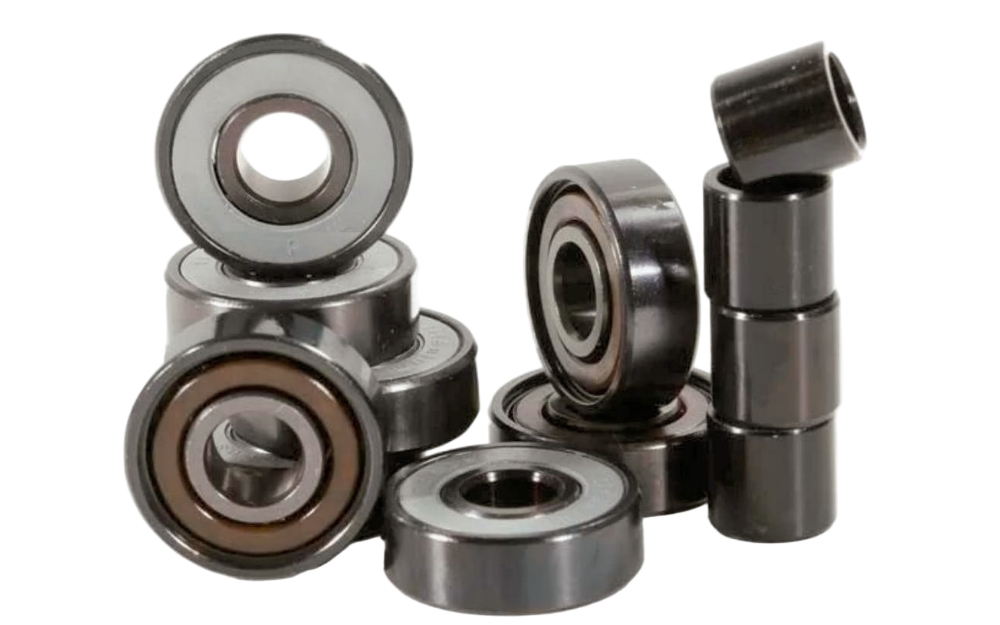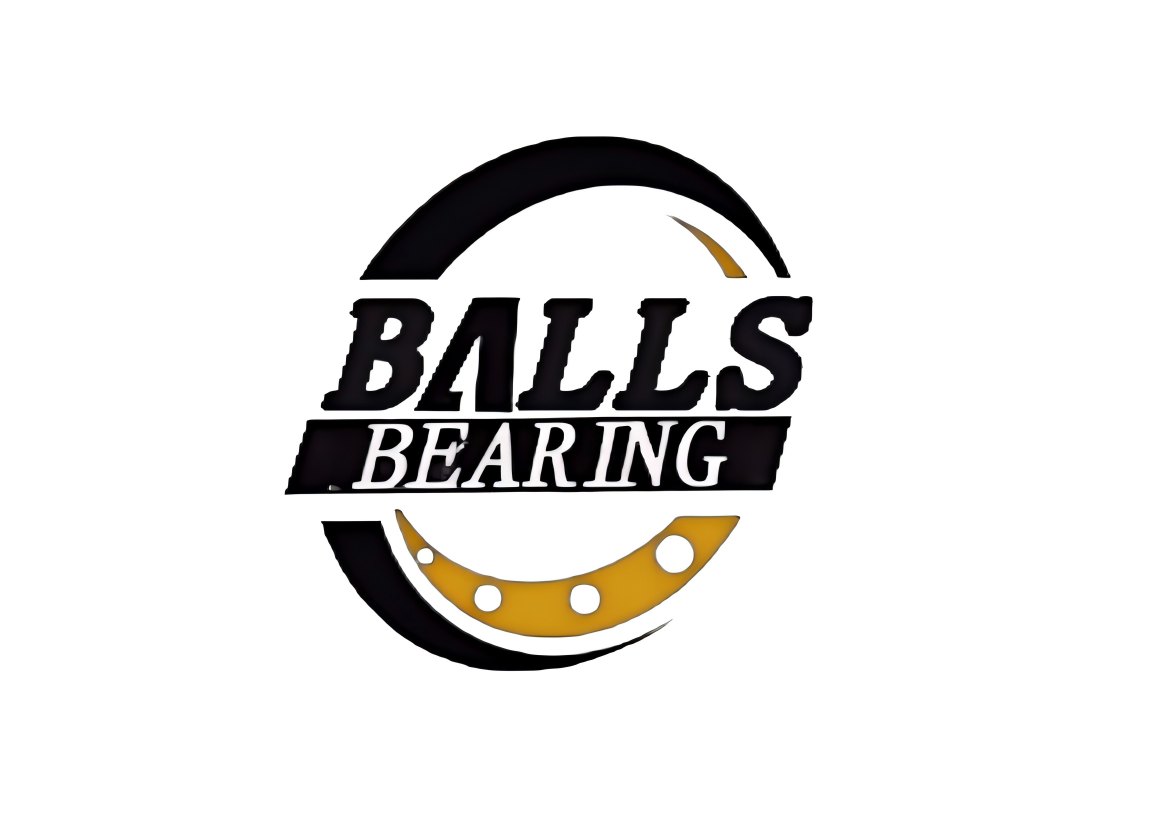Domestic precision bearings are breaking through layers of technical barriers, tearing a market gap in Japan, a global bearing power.
01In the first quarter of 2025, China's bearing export data showed impressive growth: export volume increased by 8.7% year-on-year, among which high-end categories represented by robot bearings successfully entered the Japanese market for the first time. Behind this breakthrough is the concentrated outbreak of decades of technological accumulation in China's bearing industry.
As a global bearing manufacturing power, Japan's market has long been monopolized by local giants such as NSK and NTN. The entry of China's high-end bearings indicates that the global bearing industry landscape is undergoing profound changes.
01 Outstanding export data, breakthrough in high-end categories
The latest report on the Japanese ball bearing market shows that the market size will reach US$34 billion in 2024, accounting for about 30% of the global market share, and is expected to grow to US$47.3 billion by 2035, with a compound annual growth rate of 3.05%. This huge market has long been dominated by Japanese local companies, forming a nearly closed technical fortress.
The breakthrough point for Chinese bearing companies appears in the field of robots. The joints of industrial robots require dozens of sets of precision bearings, and their performance directly determines the positioning accuracy and service life. Shandong Bote Bearing and other companies have significantly improved the reliability and life of joints through structural optimization, and the product performance has met the requirements of Japanese customers.
Market feedback is positive. Japanese robot manufacturers have begun to purchase harmonic reducer bearings and RV reducer bearings produced in China in bulk. These core components that used to rely entirely on Japanese brands such as NSK and THK have now been replaced by nearly **30%** of China.
02 Technological breakthroughs support export growth
Behind the Chinese robot bearing products entering the Japanese market are a series of core technological breakthroughs:
In the field of lubrication technology, domestic bearings use a new heat-resistant grease formula to increase the volatility to 2 times that of traditional products, greatly reducing the risk of grease flying and contaminating the encoder. This technology directly solves the core pain points of robot servo motors.
Solid lubrication technology has made breakthrough progress. The application of tungsten disulfide sintered alloys reduces the degassing volume to 1/5-1/10 of traditional grease, allowing bearings to operate stably in an ultra-high vacuum environment of 10^-6Pa. This paves the way for applications in high-end fields such as semiconductor manufacturing.
In terms of material technology, domestic ceramic ball bearings innovatively use new ceramic materials, whose linear expansion coefficient is closer to that of metal inner and outer rings, so that the bearings maintain a more stable working clearance when the temperature changes and adapt to diverse temperature environments. This technological breakthrough has given Chinese bearings a ticket to enter the field of precision motors.
Cage design innovation is also critical. The new ultra-large capacity ECA cage design does not require a guide ring, accommodates more and larger rollers, and significantly improves the bearing load capacity. Through patented processes such as dynamic electroplating, the uniformity of the ring coating is improved, and the wear resistance is improved by more than 30%.
03 Competitive strategies of Chinese companies
Facing the mature Japanese market, Chinese bearing companies have adopted precise market strategies to achieve breakthroughs. **Differentiated competition** has become the core strategy. Chinese companies avoid the red ocean of automotive bearings monopolized by Japanese companies, focus on the emerging field of robots, and make key breakthroughs in the demand gap brought about by the wave of industrial automation.
In terms of technical route selection, Chinese companies focus their R&D resources on **solving industry pain points**. In response to the extreme requirements of the Japanese market for product reliability, domestic bearings reduce raceway wear by more than 90% and significantly extend the maintenance cycle.
Business model innovation is equally important. Many Chinese bearing companies have begun to explore the "bearing + service" model, selling condition monitoring systems and products in packages to help customers achieve predictive maintenance. This strategy effectively increases the added value of products.
In terms of production capacity layout, Chinese companies take advantage of the local industrial chain to form rapid response capabilities. Anhui Silver Ball Bearing's heat treatment continuous conveying technology greatly shortens the production cycle, improves energy efficiency, and ensures product delivery speed and cost advantages.
 Five key factors affecting bearing precision: Check if your bearings meets the requirements?
Five key factors affecting bearing precision: Check if your bearings meets the requirements?
 What are "food and beverage grade bearings"?
What are "food and beverage grade bearings"?
 Why are skateboard bearings more expensive than race car bearings?
Why are skateboard bearings more expensive than race car bearings?


